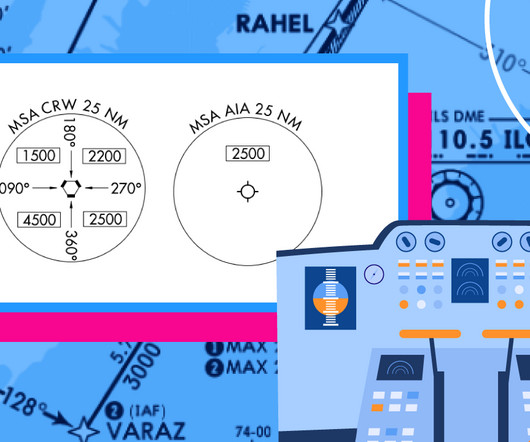Drone Lingo Simplified: Acronyms Every Pilot Needs To Know
Pilot Institute
MARCH 6, 2025
It consists of two independent components VOR and TACAN. LLWS Low-Level Wind Shear An LLWS is defined as a wind shear of 10 knots or more per 100 feet in a layer more than 200 feet thick which occurs within 2000 feet of the surface.












Let's personalize your content